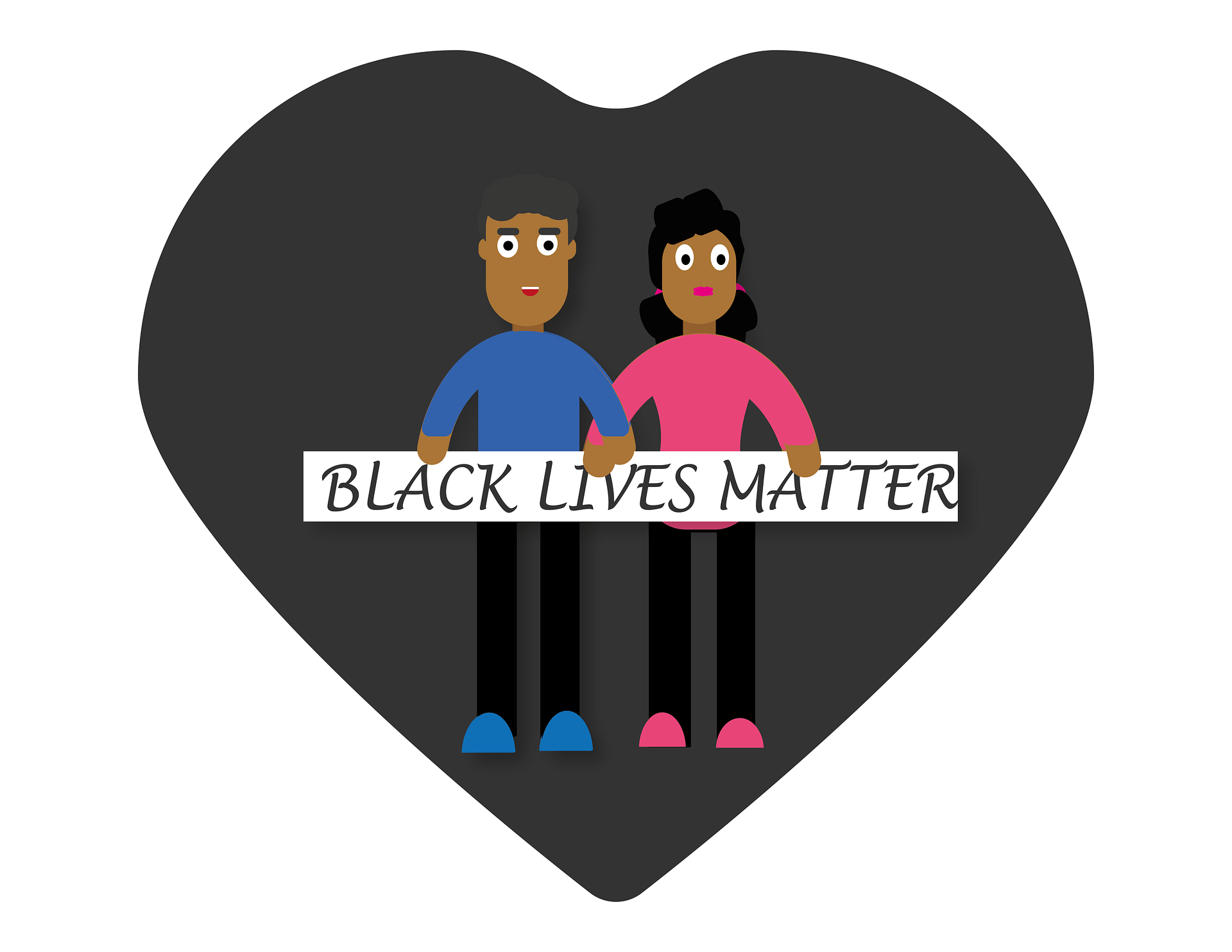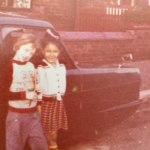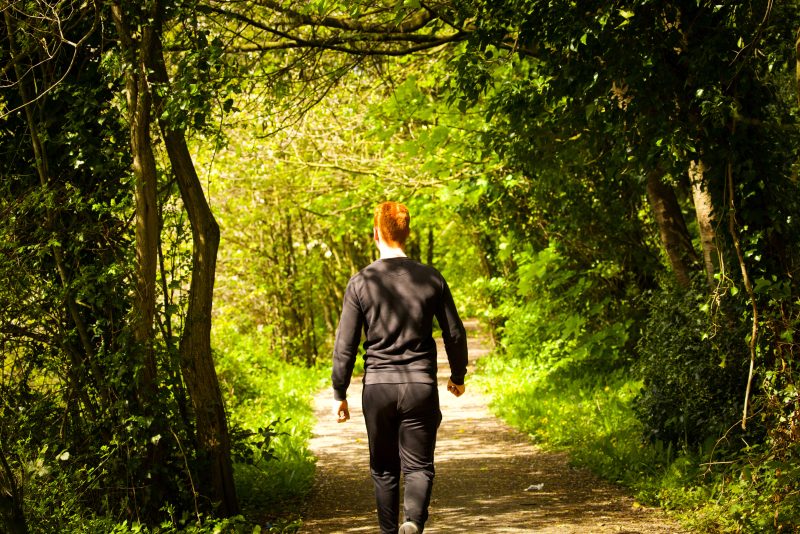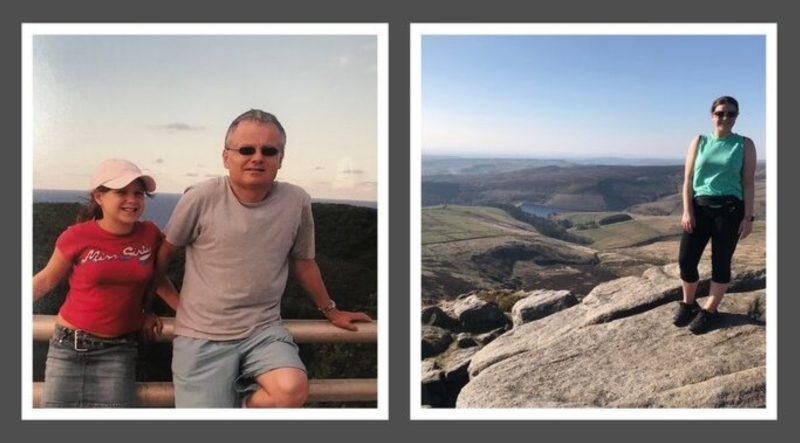
Relationships & Mental Health
The intersection of mental health and relationships - the work I do, day in and day out.

No blacks, no Irish and no dogs...
I use ‘assaulted’ as words are powerful, and these words penetrated my already fragile sense of self-worth.
Walking along the streets of Clayton, the birthplace of Manchester United Football Club and now a stone’s throw from the home of the Etihad stadium (Manchester City), I would regularly see them placed in pub windows. I could read the signs, I could understand what the owners of said establishments wanted, but what I could not comprehend is why they didn’t want us, or the Irish. And although I didn’t question why they didn’t want dogs, I understood the implicit message: we were on the same level as dogs.
It is currently Black History Month, and this is my history: growing up in England during a time when racist stereotypes were lauded, and racist remarks were uttered without recompense.
The racism I endured as a mixed-race female was overwhelming, and it affected the relationship I had with myself.
For example, the 60s and 70s spawned many racist British sitcoms, such as ‘Mind Your Language’. The series was based on a class of foreign students learning English, and the students were a mish mash of highly stereotyped caricatures. There was also ‘Till Death Do Us Part’ starring xenophobe Alf Garnett: an appalling nod to a period in time when racism was unfettered and racist language was used with no thought given to those on the receiving end, because, effectively, their social status was similar to that of dogs.
Manchester was a paradigm of the industrial revolution. The symbol of the bee represents how hard-working Mancunians are. Clayton was home to gas works, a colliery, a power station, brickworks, and was close to a mining pit (now called Eastlands). Thus, by the time I was born in 1972, it was a predominantly white area with a high concentration of working-class people — with more than a smattering of poverty.

My father had many issues and my mother more than anything wanted love and attention, so as you can probably guess they didn’t make very good parents.
Alas, my grandparents brought me up and they truly loved me, but they could not protect me from the racism I would endure from friends, family (yes, you read that correctly) and wider society.
The racism I endured as a mixed-race female was overwhelming, and it affected the relationship I had with myself.
It is very hard to accept yourself if you do not feel accepted by others. Being subjected to an ‘ism’ is poisonous to your self-asteem.
Thus, it has taken me many years to learn to love myself. But now as a mature (cough, cough) lady, I have been able to realise my true value, which does not depend on the colour of my skin.

The intersection of mental health and relationships - the work I do, day in and day out.

Now available in Cheshire West & Chester.

The questions I wish I could have asked...